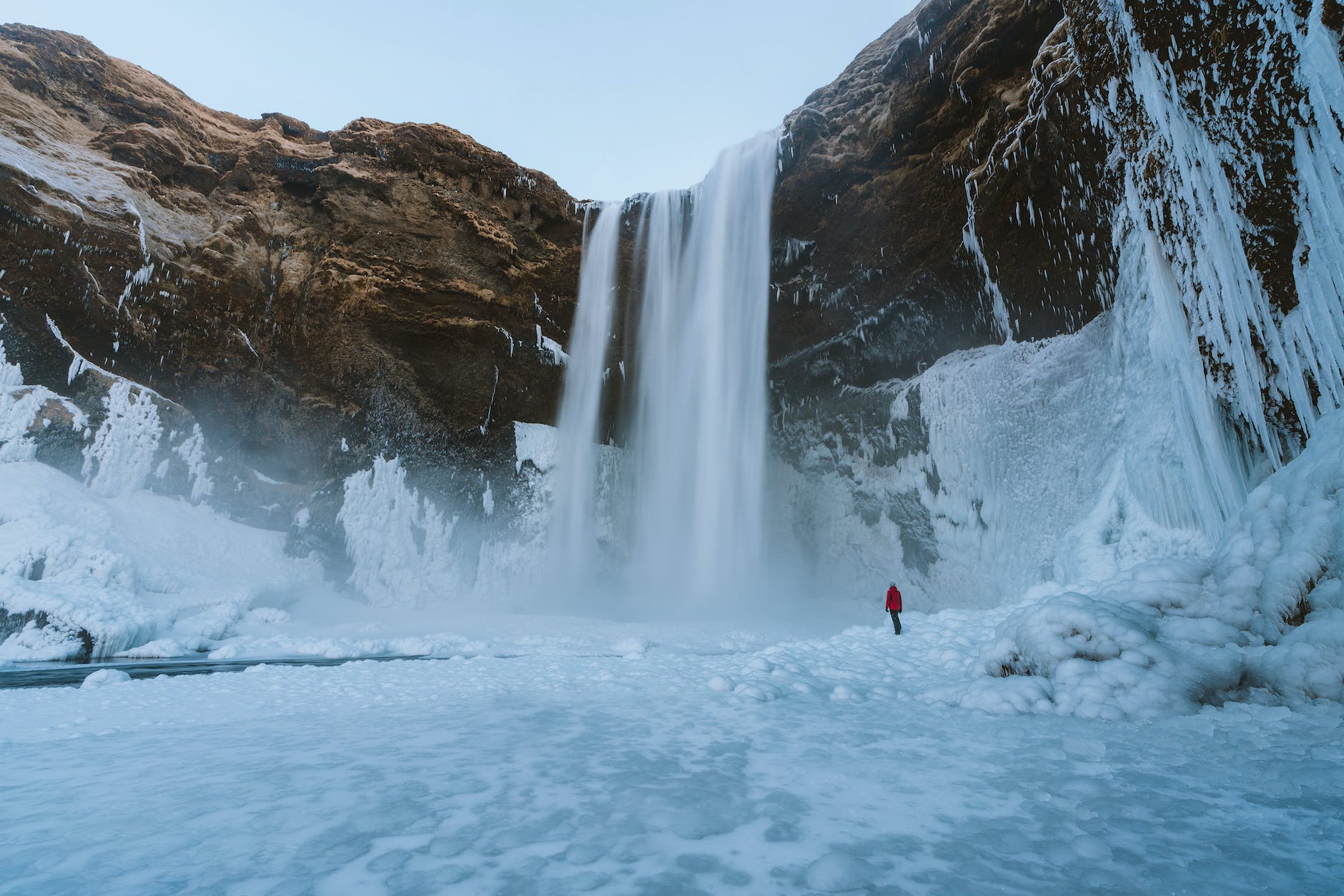Tonight, I watched an Oxford Nanopore Technologies (ONT) video titled “Totally off-grid nanopore sequencing.” In April 2019, Glen Gowers and a group did an expedition to Vatnajokull in Iceland. They wanted to understand the invisible microbial world in extreme environments. The team had three members. The team did completely off-the-grid sequencing without backup energy. They wanted to do all sequencing with solar panel energy and as sustainably as possible. For this, they extracted DNA using the PowerSoil kit with a drill for centrifugation and a “TerraLyzer” for bead beating. They heated water and used a meat thermometer for the higher temperature needed for the library prep (~80C). The purified DNA was added to the lyophilized field kits. For eleven days, they kept the flow cells with them and at one point, Gowers said, they got too warm in their sleeping bags. They were able to sequence for 24 hours on two flow cells. The team found thousands of different species. Fifty-six percent of the data didn’t align with other organisms. Gowers explained how this highlights how much isn’t known. I searched for the TerraLyzer and learned that it is no longer available. There are similar systems for portable bead beating that you can build. Gowers mentioned they tried similar systems, but those didn’t work. It is impressive that the team did sequencing with laptops and MinION using solar panels. Gowers did mention they charged battery packs during the day and didn’t do live base calling. Importantly, Gowers stressed how there are organisms in extreme environments that haven’t been sampled.



